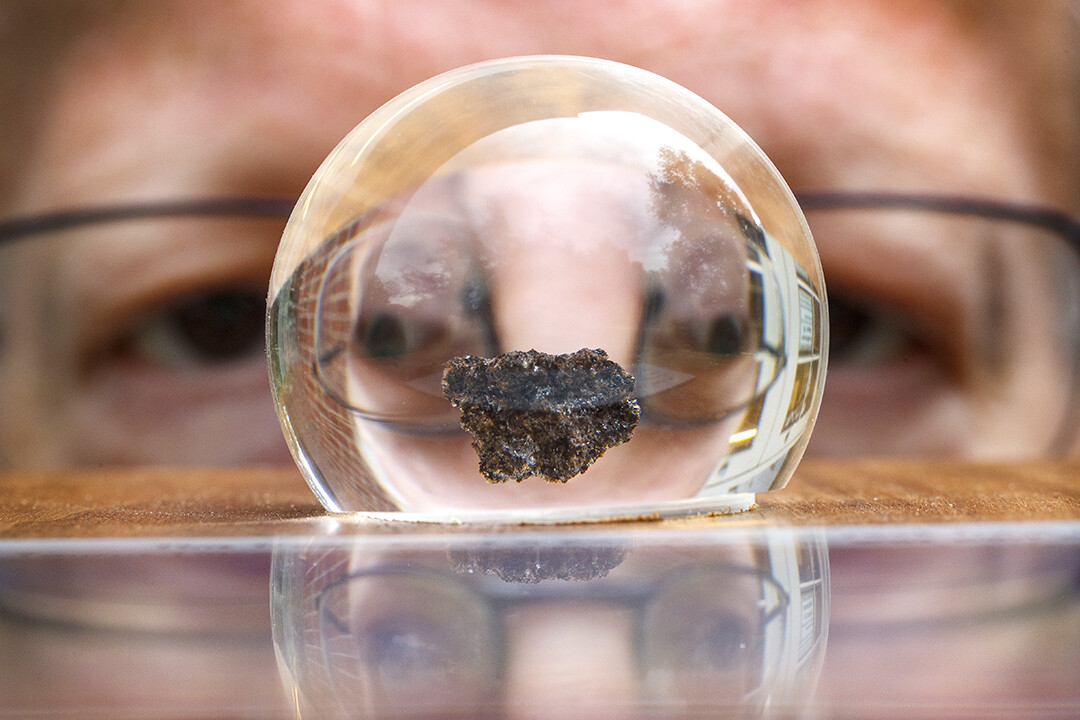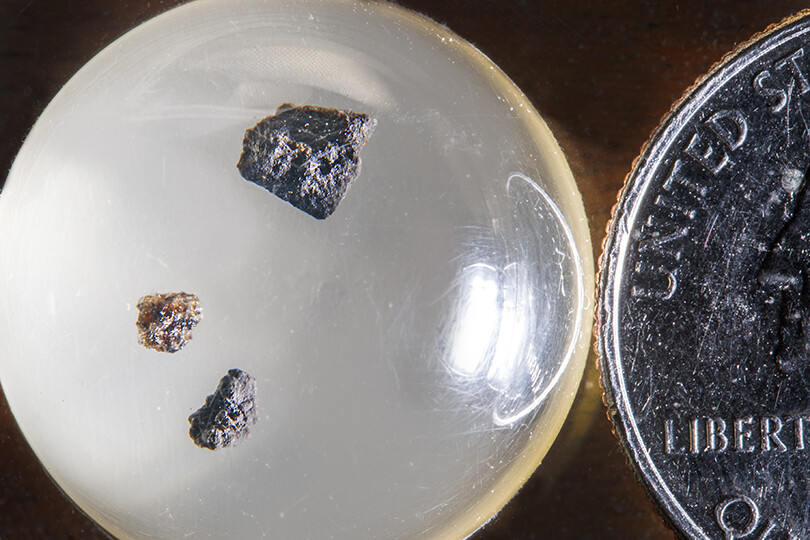
Fifty years ago, on July 20, 1969, the world watched with bated breath as Buzz Aldrin and Neil Armstrong became the first humans to set foot on the moon.
When the astronauts returned to Earth, they brought back samples from their expedition — some of which now reside in Nebraska’s Morrill Hall.
Particles of lunar soil from the Apollo 11 mission are displayed outside the Mueller Planetarium in a small plaque. They were gifted to Nebraska in 1970 by President Richard Nixon.
The moon rocks weigh 0.029 grams and are encased in a clear, magnifying sphere about the size of a coin.

Nixon presented the commemorative plaques to 135 countries, the United Nations and all 50 states. The miniature flags displayed on the plaques also traveled to space with the astronauts during their expedition.
After they were given to Nebraska in 1970, the miniature moon rocks took up residence in the mansion of Nebraska’s governor. But soon, they followed the trend of similar rocks across the country — they disappeared.
The plaque didn’t resurface until more than 20 years later, during a renovation of the mansion.
“They literally became lost moon rocks,” said Zach Thompson, planetarium coordinator at Morrill Hall. “It’s not clear who found them, but it was a mystery for several decades.”
After the rediscovery in the late 1990s, the rocks came to Morrill Hall, where they’ve stayed since. The museum also has samples from the Apollo 17 mission, the United States’ last manned trip to the moon.

Visitors can see the moon rocks during Morrill Hall’s Apollo 11 anniversary celebration from 9:30 a.m. to 2 p.m. July 20.
The special event will feature space-themed activities, screenings of the documentary “The Day We Walked on the Moon” and four planetarium shows. Learn more here.







